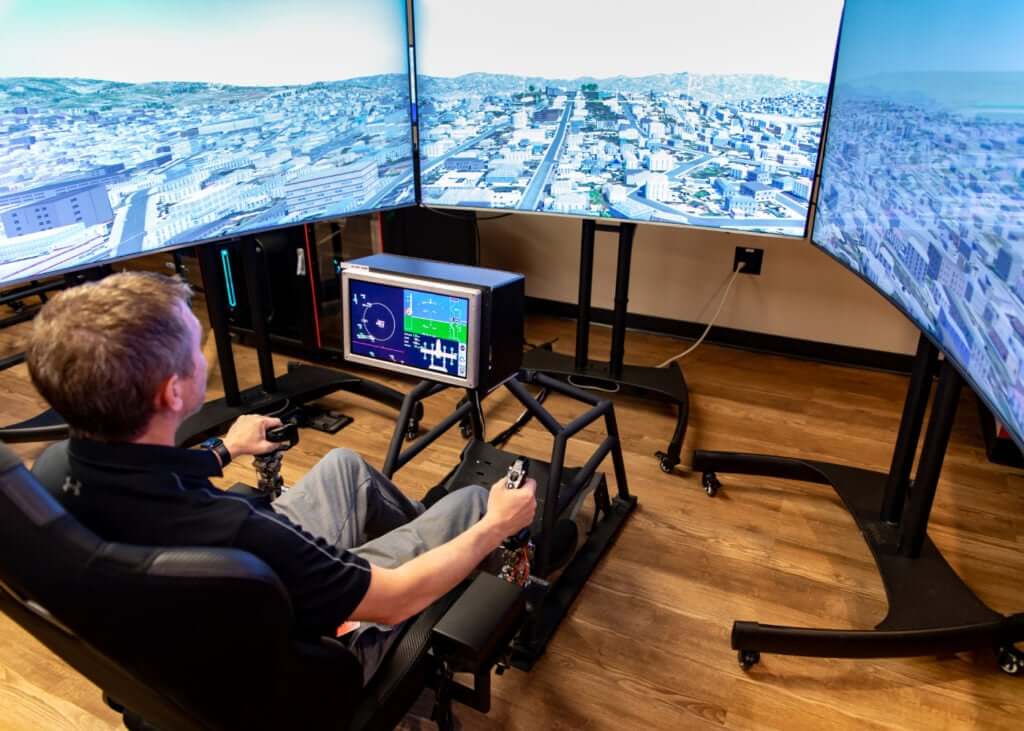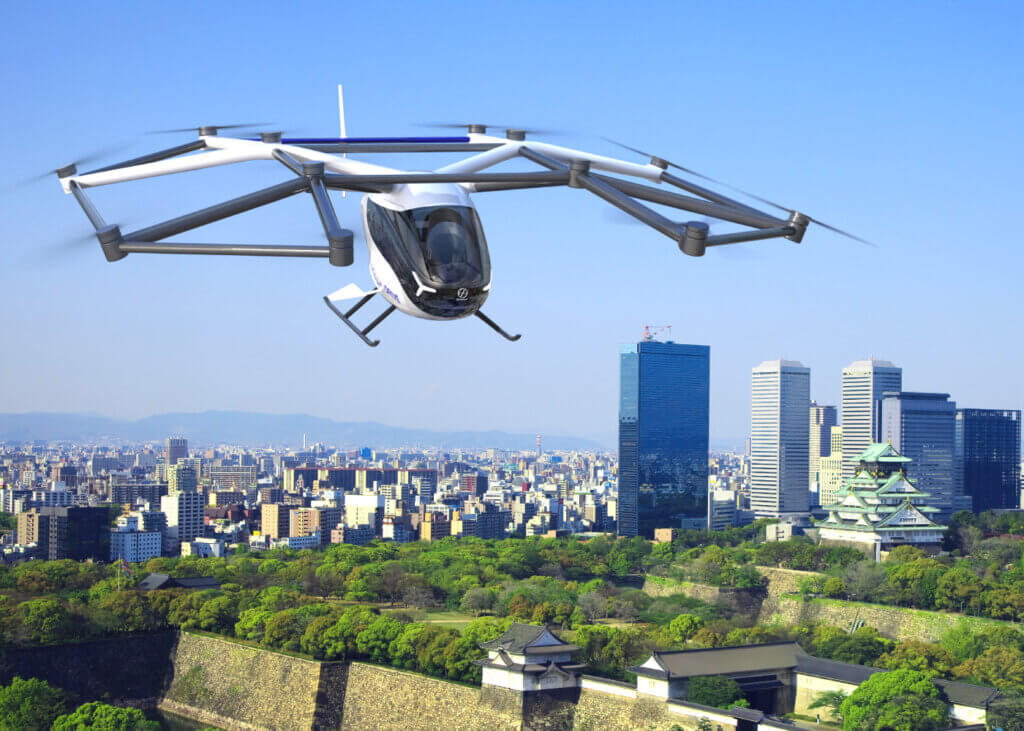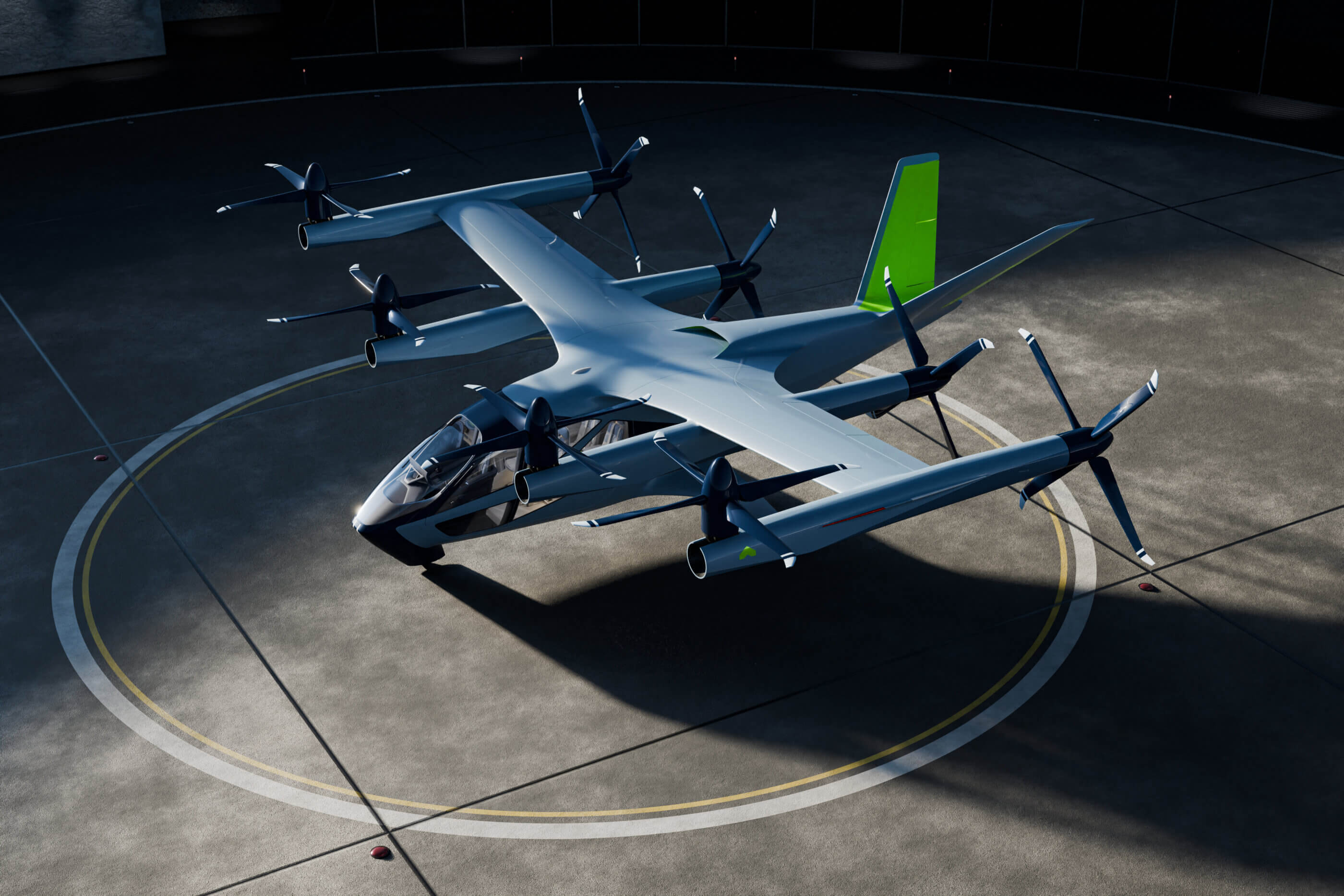When any new aircraft type is moving toward its commercial launch, traditional aerospace manufacturers always play an important role in its success. This could include the design and development of individual operational or structural components, or entire operational systems.
With eVTOL aircraft now approaching the assembly line, traditional manufacturers like U.K.-based GKN Aerospace are actively taking advantage of many opportunities. GKN is working with a wide range of eVTOL companies, including Vertical Aerospace, Lilium and Joby.
In addition, a recent deal with Supernal made in mid-2023 will see GKN provide an electrical wiring interconnect system for Supernal’s eVTOL, along with the design and build of aerostructures. Together, the firms also plan to develop novel high-rate manufacturing processes in years to come.
Involvement in the eVTOL sector does not just represent a new revenue stream for GKN and other established aerospace manufacturers. In some cases, working with these new aircraft provides synergies with new drone projects, and in every case, eVTOL work supports and drives various research and development.

Detect and avoid
L3Harris is currently participating in several eVTOL-related safety, training and surveillance working groups at the General Aviation Manufacturers Association (GAMA) and at RTCA, a public-private partnership developing consensus on critical aviation modernization issues.
Specifically in the eVTOL space, L3Harris is working on a detect and avoid (DAA) system to better ensure safe flight. In the development of this system, Brian Spinks, chief engineer of advanced air mobility (AAM)/urban air mobility (UAM), reported that the company is using its widely-adopted traffic collision avoidance system (TCAS), Automatic Dependent Surveillance-Broadcast (ADS-B) system, transponders and terrain awareness expertise, and integrating these with additional capabilities like distance measuring equipment, radar and other sensor systems. The result will be a simplified, modern, lightweight unit capable of hosting all flavors of ACAS X, an airborne collection avoidance system that the Federal Aviation Administration (FAA) has supported financially.
“Our ACAS Xr programs for eVTOLs are specifically being developed with crewed configurations in mind,” Spinks said. “These technologies will provide a holistic view of the traffic and obstacles to the pilot during flight, providing better situational awareness, increasing passenger confidence, and ultimately enabling market acceptance. Our solutions will allow manufacturers the ability to transition from an ACAS Xr CAS configuration to modified DAA configuration [still with pilot onboard] to full DAA configuration [remote and autonomous operations].”
According to Spinks, current DAA solutions incorporate the FAA’s ACAS Xu algorithm and have been flight-tested on the General Atomics MQ-1 Predator, the Northrop Grumman MQ-4C Triton, and other uncrewed platforms. Each system has successfully demonstrated improved tactical performance and safety.
Applying fly-by-wire to eVTOLs
Thales Group, a pioneer of fly-by-wire solutions since the 1980s, recently announced it will supply Japanese eVTOL manufacturer SkyDrive with its FlytRise flight control system. Marc Duval-Destin, Thales vice president of strategy, product policy and innovation flight avionics, noted that over 12,000 aircraft are already equipped with this flight control system.
“Beyond the automatic controls, the beauty of FlytRise is the capacity of supporting functions that are traditionally hosted in other aircraft systems with lower integrity,” he said, adding that this capability will allow aircraft manufacturers introducing new functions to expand the capabilities and safety of their aircraft. This includes autopilot, navigation or some surveillance functions.

New business unit, new offerings
Honeywell was an early adopter in the eVTOL space, according to Taylor Alberstadt, senior director of global sales and account management for AAM at Honeywell.
The company leadership recognized over three years ago the importance AAM plays in the future of aerospace.
“As such, we established a dedicated business unit with the ability to meet the diverse and varying needs of these new types of customers,” Alberstadt said. “We also recognize this goes far beyond simply being a component supplier and that being a trusted partner means working beyond the traditional supplier/OEM model. Today, this group is not only able to leverage the expertise across our legacy aerospace technologies portfolio, but we’re also creating new offerings necessary for the success in this area.”
The right mindset
As the eVTOL industry grows, there are many opportunities for traditional aerospace suppliers, said Alberstadt, but the right mindset is needed.
“Traditional aerospace suppliers need to understand this is not ‘business as usual,’” he explained. “While a delay [in the supply chain] may be painful for current big aerospace OEMs, it could be fatal for companies in the AAM space. The opportunity comes from learning how to operate quickly, more efficiently, and more effectively, and learning how to be nimble. The amount of changes that come during a clean-sheet, brand-new vehicle design program is significantly different than traditional aerospace. While there can be some success selling established solutions, the real key to unlocking the potential of advanced air mobility is learning how to tailor technology and engagements.”
The right price
In terms of overall opportunities for traditional aerospace suppliers in the eVTOL market, Dr. Sailesh Athreya, business development and product line management leader at L3Harris, said they exist in modifying existing equipment, but only if they can meet the specific requirements of these aircraft.
“While current set of commercial off-the-shelf products may not be entirely appropriate for this new class of vehicles, traditional systems, technologies and processes — as well certification methodologies — still are applicable,” he said. “L3Harris has a mix of modified products and completely new development specific for eVTOLs.”
At the same time, in his view, there are challenges for traditional aerospace suppliers in the eVTOL space, such as “the ability to deliver the appropriate products at the right commercial price point during the certification and production phases.”
At this point, there still remains much work in the development and engineering of the first generation of eVTOL aircraft — and some preparation for the second generation is already underway. Athreya explained that second-generation vehicles will need to operate in a denser air space with gradually increasing levels of autonomy.
“Rules around air traffic management, surveillance and navigation, and safety management are still evolving,” Athreya said. “Collaboration across this new industry is necessary so that engineering teams are working with the aviation authorities across the globe to ensure safe and efficient operations.”

The proof
For his part, Honeywell’s Alberstadt noted that while there has been incredible progress made in the air taxi space over the past several years — namely going from paper designs to full-scale flying prototypes — the finish line is still ahead.
“The race to build conforming aircraft is the next major step that will enable ‘for credit’ testing with the global authorities,” he said. “Companies are getting very capable at building subscale designs, but proving out all of the technology on a representative aircraft is the next major hurdle. Coupled with that is working closely with the regulators to ensure that no gaps exist between the OEMs and the certifying authorities. In this regard, Honeywell has deep, established relationships and are daily helping our partners in these forums.”
Supporting factors
Duval-Destin at Thales said UAM will reach full potential depending on whether regulations and infrastructure provide the necessary framework and if the operations are safe and efficient from an economical and environmental perspective, which in turn, drives public acceptance. This means an industry-wide effort.
“No one alone has the solution to create the enablers for the new AAM market to emerge,” he explained. “Therefore, we have initiated cooperation with players across the globe, drawing on our proven track record which stretches over several decades. A number of them remain confidential but our partnerships range, for instance, from startups such as Flying Whales developing a giant heavy-lift airship, or SkyDrive with its ‘flying car’ project, to traditional aviation leaders such as Airbus or Embraer’s Eve with their eVTOLs.”
Duval-Destin believes fly-by-wire systems will be at the very heart of addressing the rising level of complexity in eVTOLs and in providing the expected level of safety.
“They will embed autonomy functions,” he said, “paving the way for fully-automated flights that will be the tipping point for the market to reach its full potential.”





